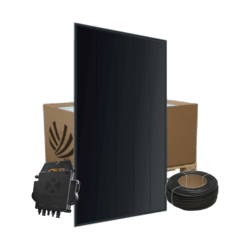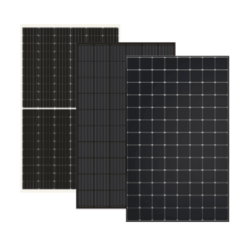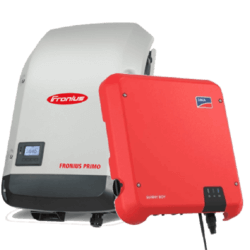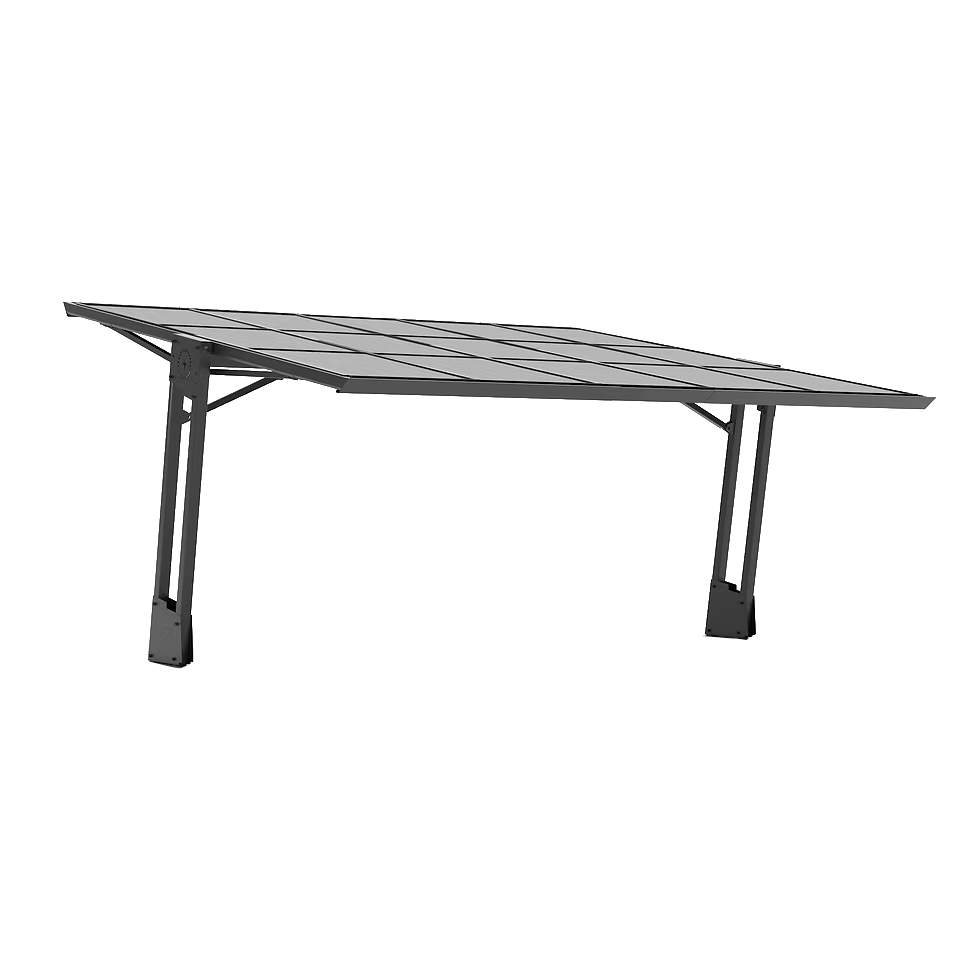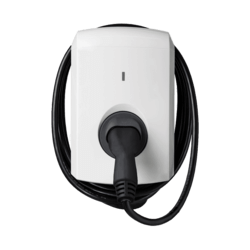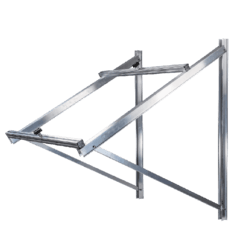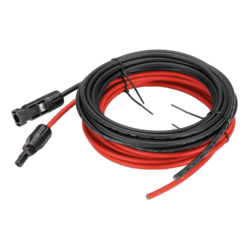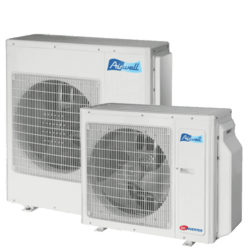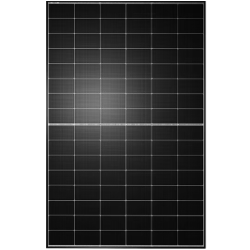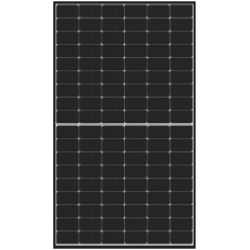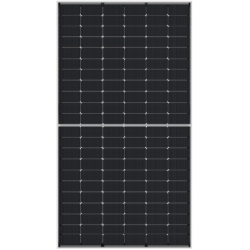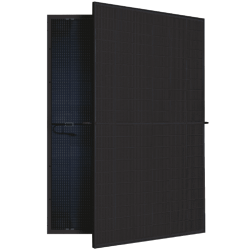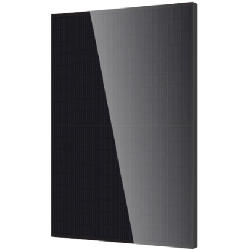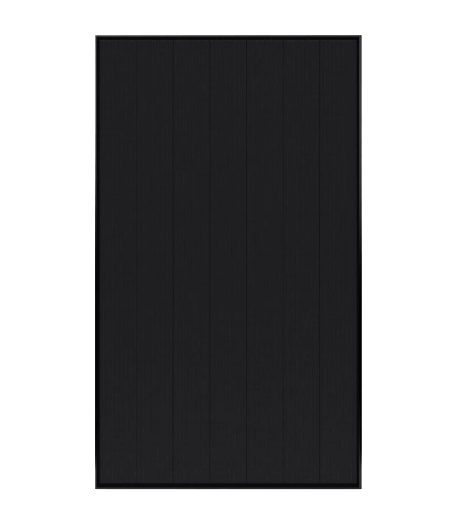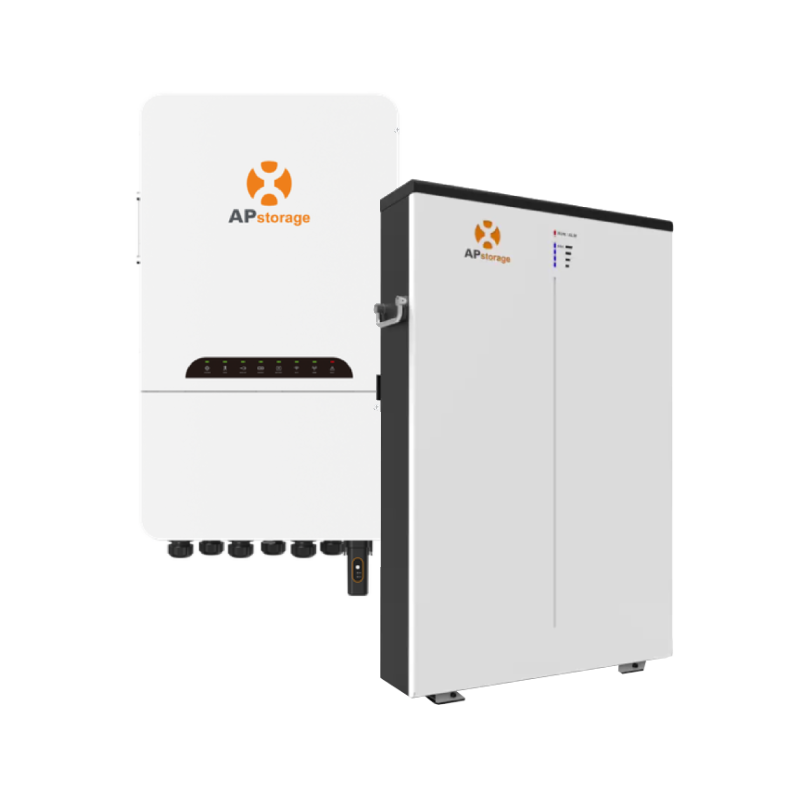Choose the power of the monocrystalline solar panel. Efficiency and durability for optimum green energy in your home.
Sub categories
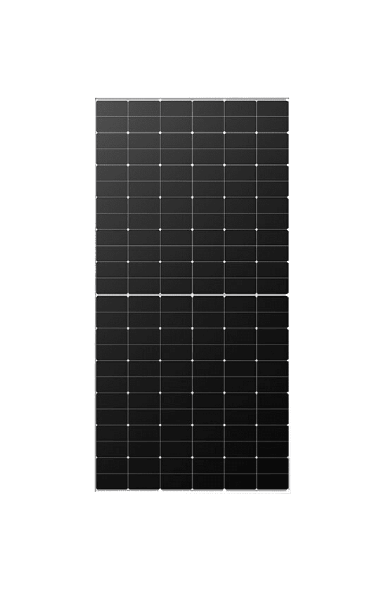
Longi Solar Hi-MO6 54HTH 440W Half Cut Black Frame Solar Panel
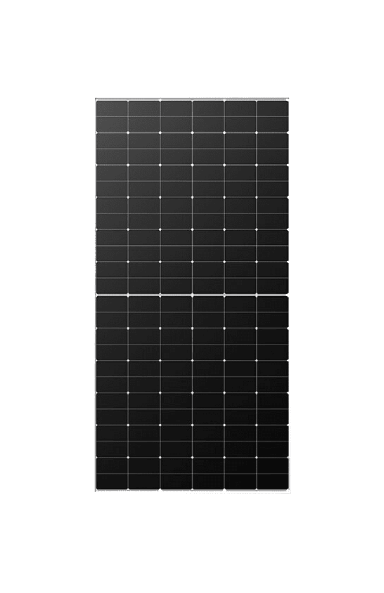
Longi Solar 445W Half Cut Black Frame Solar Panel
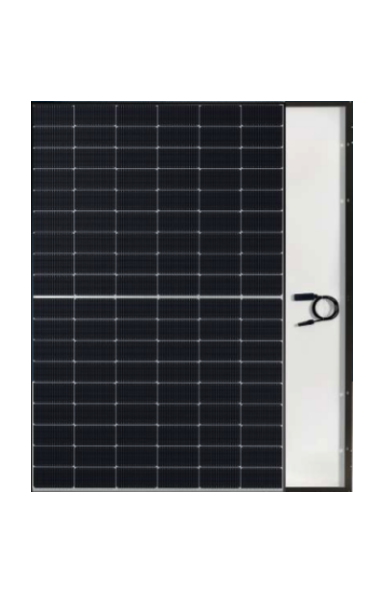
FuturaSun Silk Nova 430 W N-Type solar panel
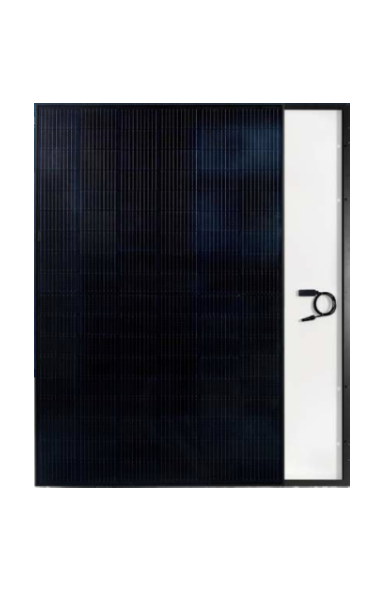
FuturaSun Silk Plus 400 W Full Black solar panel
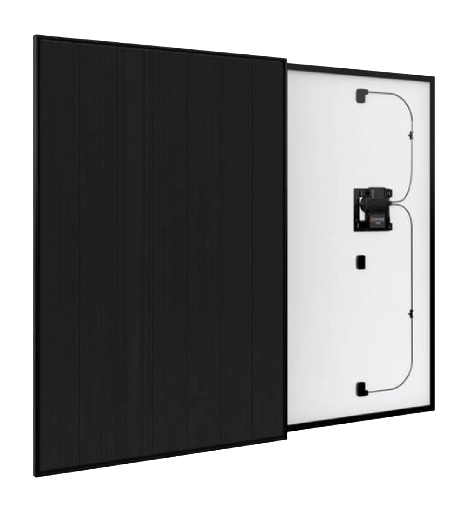
Sunpower Perfomance 6-410 W AC IQ8A Full Black solar panel

LONGi Solar Hi-MO6 54HTH 435W Half Cut solar panel
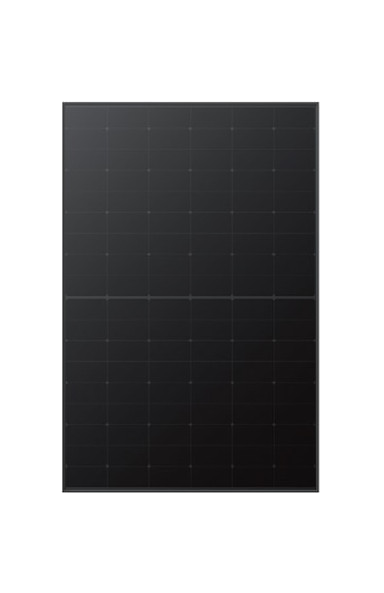
Longi Solar Hi-MO X6 LR5-54HTB-425M 425W Solar panel
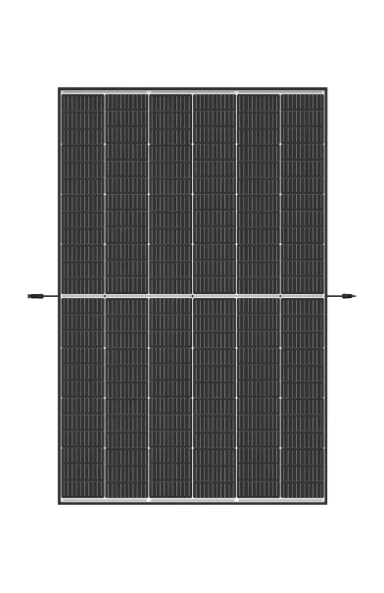
Trina Solar Vertex S+ (R) 435W Dual Glass solar panel
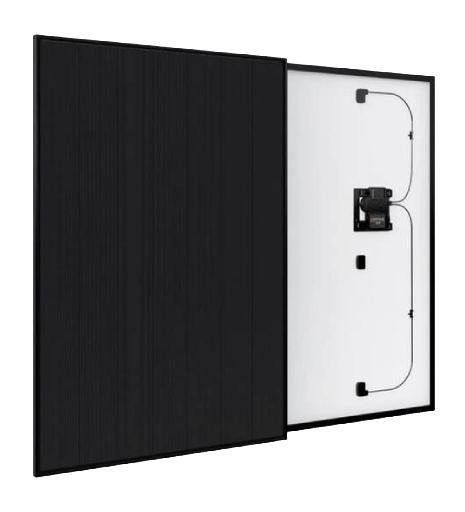
Sunpower Performance 6-375 W AC IQ7A Full Black Solar Panel
Discover Our Range of Monocrystalline Solar Panels
Planet Soar, a specialist in energy transition, offers a complete range of photovoltaic panels. Our products guarantee high performance while remaining affordable, allowing everyone to produce their own green energy.
Are you considering installing monocrystalline solar panels? These panels are among the best on the market in terms of efficiency. They are also the most durable and aesthetically pleasing. Additionally, they allow you to generate green electricity and move toward energy independence. This type of installation can even enable you to sell your surplus electricity.
What is a Monocrystalline Solar Panel?
What is a Monocrystalline Solar Panel Made Of?
A monocrystalline panel is made from a single block of silicon, a widely available semiconductor material. It consists of pure, perfectly uniform monocrystalline silicon photovoltaic cells. These cells are encapsulated in a protective coating that shields them from water and moisture. The back of the panel is made from a low-thermal-resistance material such as Tedlar.
Monocrystalline panels have a sleek black appearance, making them particularly aesthetic.
How Does a Monocrystalline Solar Panel Work?
The monocrystalline cells in solar panels capture a small amount of energy when photons from sunlight pass through them. To generate electricity, these cells are connected in series. The electricity produced is then processed by an inverter, which converts it into alternating current (AC) compatible with your electrical network.
What is the Efficiency of Monocrystalline Solar Panels?
The efficiency of a photovoltaic panel refers to the ratio between the amount of energy it produces and the amount of sunlight it receives. Not all solar energy can be converted into electricity, as some energy is inevitably lost.
Monocrystalline solar panels offer the highest efficiency, typically ranging from 15% to 24%. This efficiency depends on factors such as sunlight exposure, panel location, and orientation.
Differences Between Monocrystalline and Polycrystalline Solar Panels
Monocrystalline and polycrystalline solar panels differ in their manufacturing process. As mentioned earlier, monocrystalline panels are made from a single silicon crystal, while polycrystalline panels are composed of multiple silicon crystals.
Their appearance and performance also differ. Polycrystalline panels have a blueish tint, are more affordable, but are less efficient. They are often preferred in hot climates as they withstand high temperatures well. Monocrystalline panels, commonly used in Europe, perform better in lower sunlight conditions and cooler climates, offering superior efficiency in these environments.
Installation and Maintenance of Photovoltaic Panels
Solar panels are typically installed in an overlay system, meaning they are mounted above the roof, parallel to it. However, certain administrative steps are required for their installation:
-
A preliminary work declaration must be submitted to the local municipality.
-
A Consuel compliance certificate is required to verify that your installation meets safety standards.
-
A connection request to Enedis must be made if you wish to sell your surplus electricity.
Regular maintenance is essential to ensure optimal panel performance. The safest method is to use a telescopic pole with a soft brush or cloth, without any chemical products—warm water and soap are sufficient. Additionally, the inverter and air vents should be dusted regularly.
Advantages and Disadvantages of Monocrystalline Solar Panels
Monocrystalline solar panels offer high efficiency and exceptional power output. They also have a long lifespan, exceeding 25 years and sometimes lasting over 30 years. However, after 25 years, their efficiency may gradually decline. Aesthetically, they integrate well with rooftops.
However, these panels come with a higher price tag compared to polycrystalline panels. They are also heavier, making them more difficult to handle. Additionally, the carbon footprint associated with their production is relatively high.
What Budget is Needed for Monocrystalline Solar Panels?
The cost of monocrystalline solar panels varies depending on:
-
The panel’s power output
-
The size of the house
-
The type of inverter chosen
Installation costs must also be factored in. On average, the total installation price ranges from €8,000 to €20,000, depending on the chosen kit.
Available Grants and Subsidies
Several financial aids are available for purchasing monocrystalline solar panels:
Self-Consumption Photovoltaic Grant, This subsidy helps cover part of the investment, provided that:
-
You agree to sell surplus electricity back to EDF OA or a local distribution company.
-
Your panels are installed by an RGE-certified professional.
-
Your installation does not exceed 100 kWc.
The grant amount depends on the system's power—higher power installations receive lower subsidies.
The Reduced VAT Rate, If your system has a power output of 3 kWc or less, you qualify for a reduced VAT rate of 10%.
You can also benefit from the Guaranteed Purchase Agreement. Excess electricity generated can be sold, allowing you to recoup your investment. The purchase price of this electricity is legally regulated and revised every quarter.
Tax Exemptions. Your electricity sales may be tax-exempt if:
-
The installation’s power is 3 kWc or less.
-
The system is connected to at least two points.
-
The installation is not used for commercial activities.
If your system exceeds 3 kWc, your electricity sales become taxable.
Also Explore Our:

